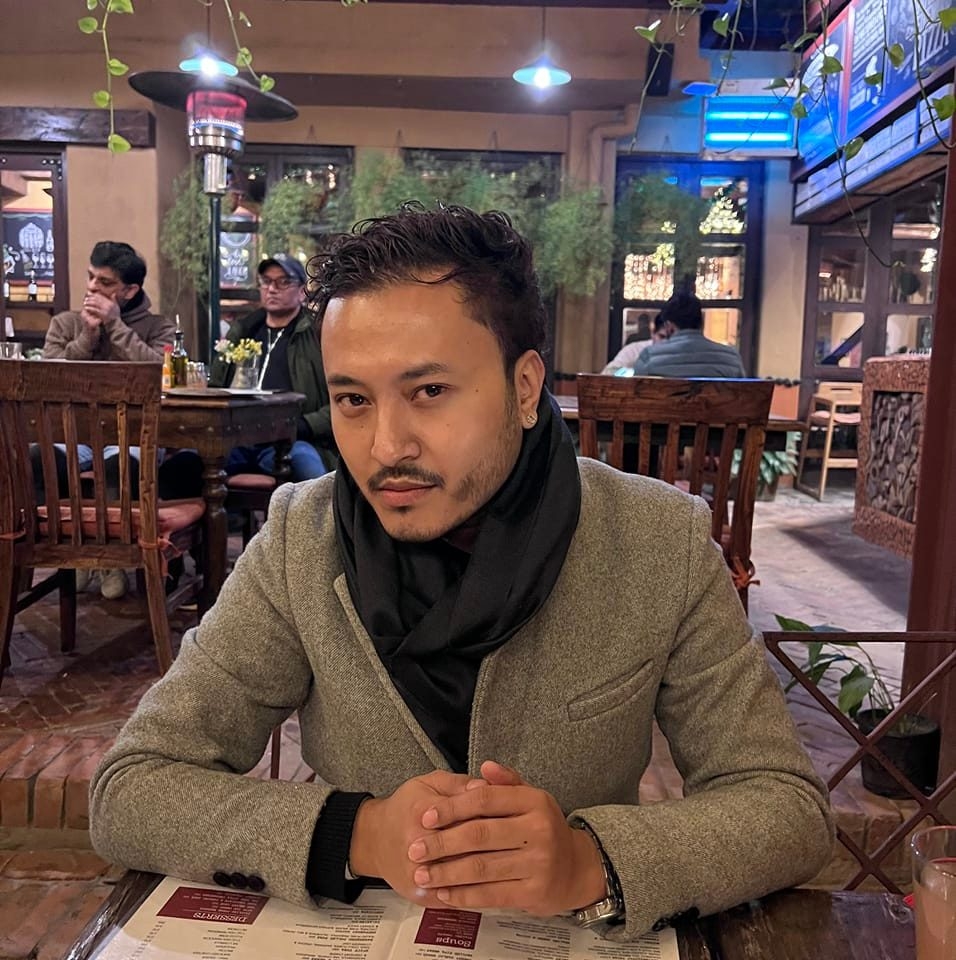Columns
An unbreathable future for children
The effect of air pollution on children and their families goes beyond health.
Ayush Joshi & Arun Rai
Kathmandu is shrouded by a thick haze due to air pollution, and IQAir consistently ranks the city as one of the most polluted in the world. This issue raises public concerns, particularly for the well-being of children, women and other vulnerable populations.
A research titled “Breathless Future”, conducted in Kathmandu and Saptari by Save the Children, Kayapalat and Youth Alliance for Environment, reveals that the impact of deteriorating air quality on children, women and vulnerable communities is differential and systemic. During the launch of the research report, experts said exposure to hazardous air leads to respiratory ailments, pneumonia, asthma, bronchitis, compromised lung functions, skin diseases and neurodevelopmental problems. Women are prone to pregnancy loss, lung cancer and elevated blood pressure, among other health conditions. Children and women also spend more time indoors and are exposed to poor household air emitted from cooking fuels, adding to their vulnerabilities.
Broader implications
A quick review of existing research provides evidence that air pollution is predominantly understood solely as a health issue, dismissing the intersectional impact on people’s socioeconomic status. Furthermore, the effect of air pollution on children and their families, especially those from disadvantaged communities, goes beyond health. Air pollution restricts outdoor mobility for children and their families, limiting their education continuity and developmental potential without regular school attendance, outdoor play and social interactions.
Likewise, interaction with children and young people in cities most impacted by air pollution reflects a common concern of loss of economic opportunities in their families, especially those engaged in daily wage work, due to restricted mobility and exposure to air pollution. This further impacts their livelihood and household finances, including their ability to provide children with nutritious food and medical care. These affect child education, food security and nutrition, livelihood and the overall quality of life. Besides, the resulting stress levels can trigger a host of mental health issues for them.
A social and gender issue
The World Health Organization (WHO) recognises indoor air pollution as a gender issue, as women and children account for over 60 percent of all premature deaths worldwide due to poor indoor air quality, in low- and middle-income countries like Nepal. Research shows that people have little knowledge or awareness of air pollution, especially poor household air and associated health risks for women and children. Apart from this, some ingrained social norms often create a barrier to positive behavioural change. Research shows that the tradition of burning hay to repel mosquitoes and prepare fodder, and using cow dung as fuel cakes for cooking, exacerbates indoor air pollution.
Contextualised and culturally appropriate social and behaviour change (SBC) interventions should be promoted to build acceptance towards eco-friendly measures. Examples include the recognition of community role models who have switched to electric vehicles or youth and child club members who have started campaigns on tree plantations. Community leaders’ celebration and acknowledgement can effectively bridge knowledge and behavioural gaps and address prevalent social norms to drive social change. Further, it is essential to conduct campaigning related to air pollution.
Policy gaps and challenges
While there is a comprehensive policy framework, including the National Environment Policy 2019, the Environment-Friendly Vehicle and Transport Policy 2014 and the Climate Change Policy 2019, to deal with air pollution, implementation and oversight leave a lot to be desired. Policies such as the Kathmandu Valley AQMAP have laid out actions to address air quality. However, there needs to be more specificities and comprehensiveness. At the federal level, the Department of Environment is the focal government body to control and manage pollution. It is encouraging that air pollution mitigation has been incorporated in the transport, energy and industry sectors, but most of the policies still need to outline it as a co-benefit of climate change mitigation.
There are also speculations about achieving the targets set out in the Nationally Determined Contributions (NDCs), as many find the plans for climate change mitigation to contribute to ambient air quality too ambitious. Evidence suggests a pertinent need to establish a robust monitoring system and mechanisms for air quality, impacting the vulnerable population’s ability to access information. Save the Children’s research shows that 91 percent of respondents in Saptari and 82 percent in Kathmandu, two of the most air-polluted districts of Nepal, were unaware of the air quality index (AQI) of their localities even when the AQI systems were operating in their places.
A way forward
Air pollution has a disproportionate impact on children and women, revealing a critical gap in current policies and actions. Therefore, there’s a need for inclusive platforms that not only share lived experiences but also empower meaningful consultations to understand the impact of air pollution on the lives of children, women and underrepresented groups. Moreover, behavioural change and context are paramount in mitigating air pollution, necessitating social and behaviour change-informed campaigns and community engagement initiatives.
Lack of awareness among community members underscores the importance of shifting norms through mass media, community influencers and incentivisation strategies. Access to air quality information must be ensured, particularly for vulnerable populations, to empower informed decision-making at all levels. Socialising existing policies and frameworks is crucial for effective communication and accountability. Likewise, collaboration with the private sector, coupled with regular supervision practices, can significantly contribute to reducing pollution levels and increasing awareness.




 17.12°C Kathmandu
17.12°C Kathmandu














%20(1).jpg&w=300&height=200)

